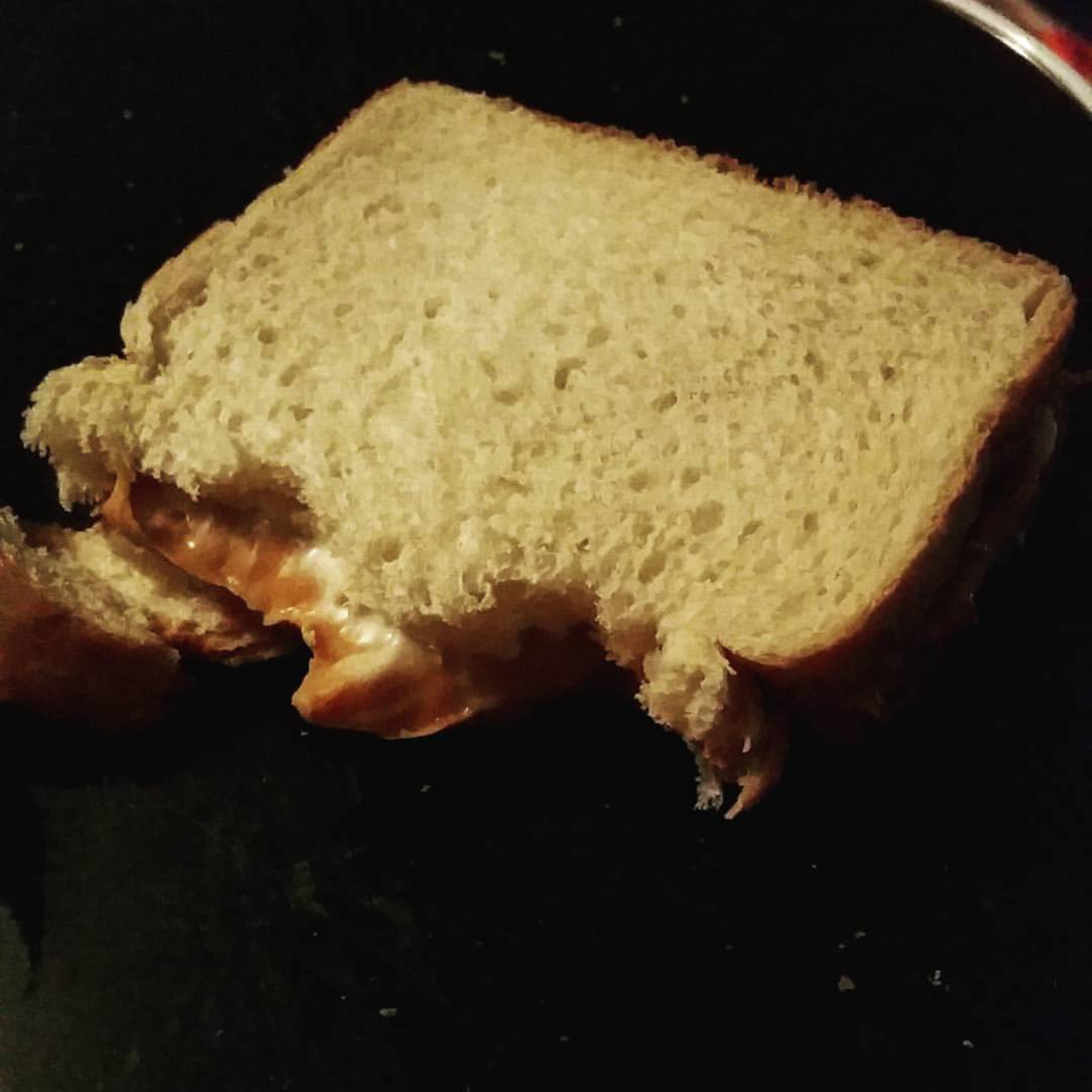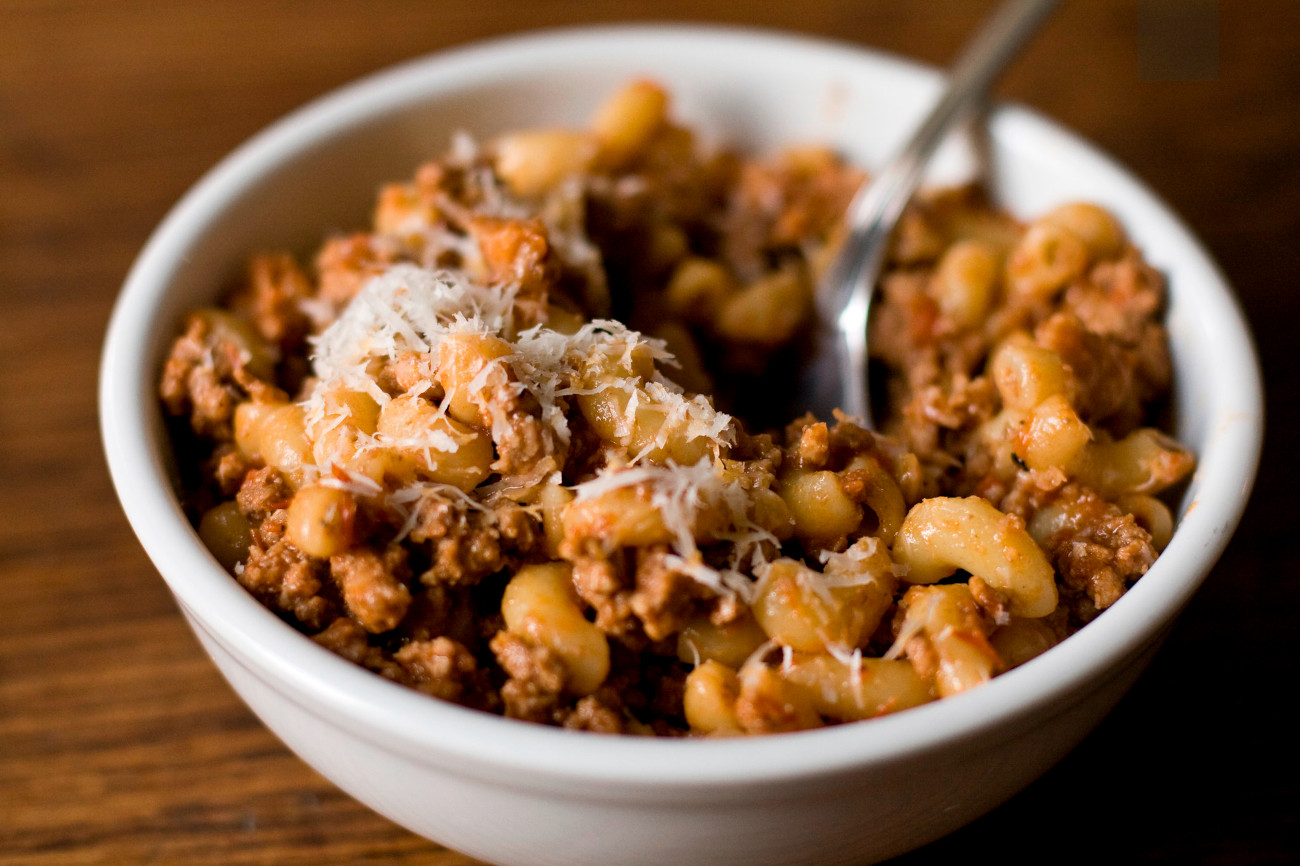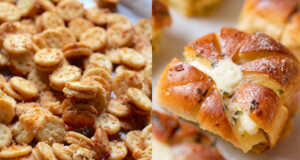We go into the grocery store, and it’s hard not to feel like we’re battling to keep some money in our wallets. After buying a few basic items, it’s always shocking how quickly the total bill adds up. Throughout history, hard times and high food prices have been the epicenter of creativity and ingenuity. The combinations of foods we think are normal weren’t the norm. Some of our classic food combinations come from the hardest financial periods of American history.
Chili And Oats

The chili in and of itself represents the thrifty dish — the same goes for its less meaty versions. During the Great Depression, chili parlors served bowls of chili that cost five to ten cents. Affording a bowl of chili was like a stopgap between staying alive and starving. Many chili places used oatmeal and barley — similar in texture to ground beef — and they doubled as a thickener, producing a satisfying taste. As tough times grew, more people were inclined to add beans as a filler, substituting for the otherwise sparse availability of beef around. Nowadays, the textural love of beans has stayed in many states north of the Mason-Dixon line, and grain fillers are still chili mainstays in many food establishments across the country.
Pantry Ingredient Pies

Desperation pies were common in rural Appalachia but became more mainstream during the Depression. These pies used pantry staples and non-seasonal ingredients to bake up a sweet treat. Some fillings have simple things, like water and sugar, like this recipe here. Pies after the Great Depression weren’t just showcases of seasonal fresh fruit. They were desserts that harbored cheap ingredients that didn’t taste frugal.
Vegetable Main Dishes

During World War Two, rationing wasn’t an option, it was a must, restricting the basic staples Americans could buy. Since most people in the 1940s still had the shadow of the Great Depression on their minds, restriction reignited that same level of thriftiness. Luckily homegrown staples weren’t restricted, which resulted in people bulking up on hardy vegetables. Potato-forward soups and stews hosted other ingredients like carrots, turnips, peas, and cabbage. These frugal meals are the base for many meatless meals today.
Peanut Butter And Mayo

The Depression, and the following decades, did nothing good for the Southern states of the U.S.. Many residents were already living below the poverty line. So when economic and ecological strife hit the region, an already hard existence became even harder. Sandwiches packing the slimmest amounts of filling were an easy way to subside hunger pains, and the combination of peanut butter and mayonnaise seemed to be a hit of its time. It’s hard to get a definite answer as to the popularity, as there’s a pretty divided line between lovers and haters of this sandwich. If you didn’t buy homogenized peanut butter (which was patented in 1921 and sold in the 1930s), then peanut butter would stick to the roof of your mouth. Having mayonnaise in a sandwich might combat the otherwise sticky peanut butter dilemma, making for a creamier, smoother taste.
Oil-Based Cakes

At the end of World War Two, General Mills released a recipe for chiffon cake that included a new item — vegetable oil. Though most fats were rationed severely during World War Two, vegetable oil was far cheaper than its traditional butter counterpart. In the late 1940s and early 1950s, many industries feared another depression, but many companies refitted the war manufacturing into consumer and retail production. The market for fake butter was already around, but during and after the War, plant-deprived fats became even affordable and popular. Not only did the oil make baking cakes cheaper, but it prolonged the freshness and moistness of cakes. Gradually cakes with oil became more and more popular, especially in industrial, mass-produced settings. The advent and increased popularization of cake mixes further linked this fat with cake.
Hamburger Helper

Between the 1950s through the 1980s, the price of beef rose 138%, making many inflation-ravaged Americans stick to the less expensive, un-inflated price of poultry. Yet in 1971, General Mills came out with a meal to stretch beef and prod consumers to buy the red meat — Hamburger Helper. This carb-forward, ground beef-laced one-pot meal was the way to eat beef without blowing out the budget. This beef and noodle combination has only further ingrained and gained popularity.
How have you stretched ingredients? What’s your favorite affordable recipe to make?













